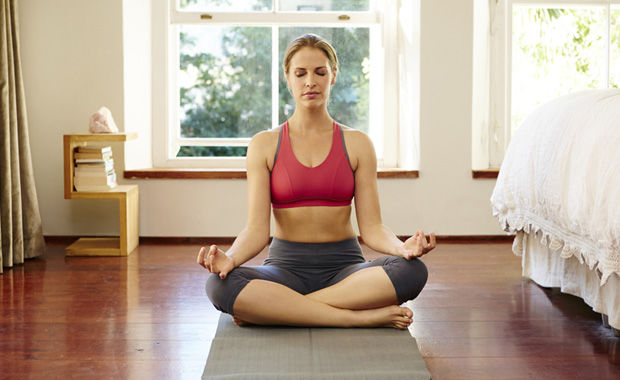The Benefits Of Physiotherapy: Getting Back In The Game
Education and Advocacy As a sport physiotherapist, it is a pleasure working with clients who have arthritis.

It seems that clients with arthritis often arrive at my practice with low expectations for themselves of what physiotherapy can offer and of the changes that they can still expect to reasonably experience. For many, the message has been that their joints are wearing down and that there is nothing they can do about that process. Yet, in fact, so many improvements can still be had in pain and overall function, despite their joint’s degenerative process.
As a physiotherapist, I find myself no less specific and creative in my approach when thinking on behalf of patients with arthritic conditions as I do with patients striving for very specific athletic goals. More and more frequently, I meet patients with early osteoarthritis (OA) who are still in the midst of active lifestyles and want to do what they can to preserve their joints. All of the following principles apply in both treatment and prevention.
For many people who live with a chronic condition, they have long stepped away from doing some of the small things that can still help with managing their pain. What are the benefits of having less pain? There is less inhibition and weakness in the muscles around a painful joint, no longer allowing the pain to rob that arthritic joint of important support. Less pain also means better sleep and mood, giving one better ability to cope with the situation at hand.
I commonly review the use of heat and ice and external supports, such as an unloader brace. Many are unaware that using walking poles significantly decreases weight-bearing joints’ load, as do supportive and shock-absorbent shoes.
These small strategies can provide a larger reward than one might think.
Activities
Follow a simple two hour rule, whereby any activity-based pain is mild in nature and disappears within two hours after stopping the activity. Variety in activity is critical. Consider water-based activities such as a low-impact aerobics class or water walking. Not skilled or comfortable in the water? Why not take a swim or a deep water running lesson to afford you more options. Haven’t bought a new bike in 20 years? What a great time to do so.
Although many people living with arthritis are well-aware of these concepts, the chance to develop a creative plan and goals around new activity choices is a good step when embarking on new directions.
Exercise is so critical to bone and joint health in a number of ways.
“Mobility exercises, such as lightly spinning on a bike and doing non-weight-bearing range of motion exercises can help with maintaining suppleness and decreasing joint pain and stiffness."
Mobility exercises, such as lightly spinning on a bike and doing non-weight-bearing range of motion exercises can help with maintaining suppleness and decreasing joint pain and stiffness.
Stretches that improve range of motion in an arthritic joint play a role in maintaining healthy function, no matter what one’s age. For example, a hip joint that allows more leg extension when walking is a joint that is generating less compression during gait.
Strengthening exercises allow for increased joint stability and use of correct movement strategies. Using a functional screening approach, looking at how the individual moves can uncover other influences on an arthritic joint. For example, a lack of lateral hip strength matters when it comes to bending the knee correctly in weight-bearing positions.
Keep seeking new ideas for improving your function — there is help out there.

